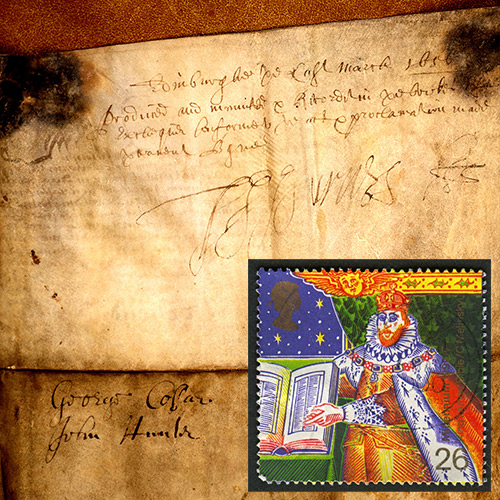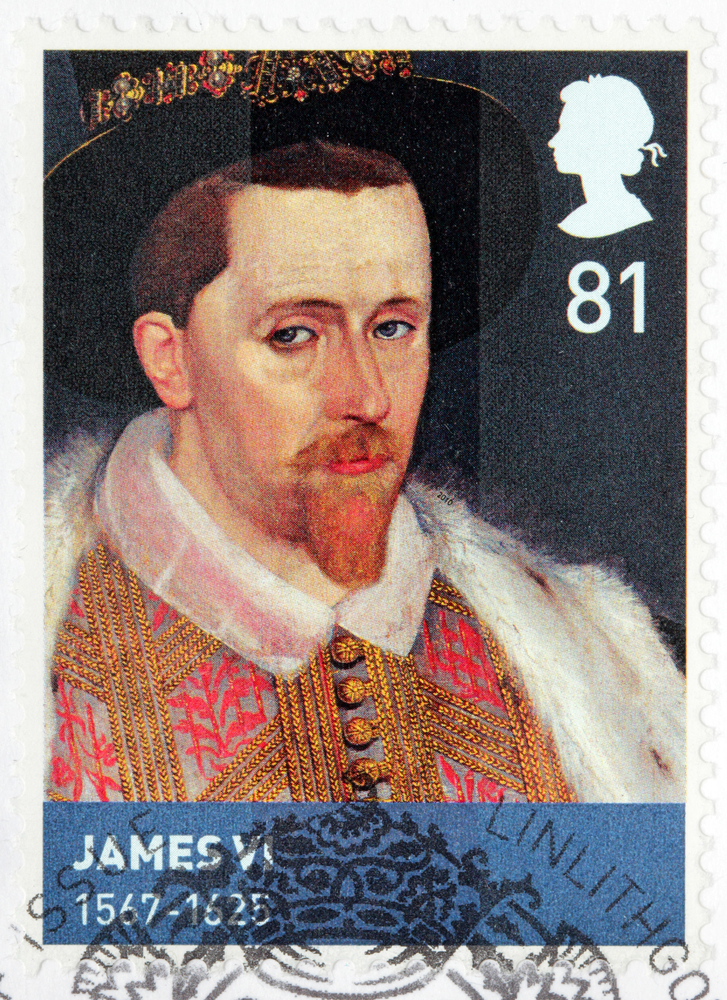Titles to land – a short history
Records of all land and property titles or transfers by grant, inheritance or sale appear in the Sasine (pronounced ‘say-zin’) Register or the Land Register of Scotland.
Some land may not appear as it belongs absolutely to the Crown or reverted to the Crown in the event of a vassal’s or tenant’s death without an heir or no other superior. Before 1617 property transfers were recorded by the notary public and a few still exist.
The problem of identifying the true owner in cases where debt accrued on the property led Parliament to introduce the Secretary’s Register of Sasines in 1599. This Register only lasted until 1609 and in 1617 a better regulated compulsory system was introduced called the Register of Sasines. This year sees the 400th Anniversary of the General Register of Sasines.
A General Register at Edinburgh was established and Particular or County registers in the regions. The Royal Burghs exercised their own jurisdiction in these matters and their records are contained in the Registers of the Burgh.
From 1781, abridgements or summaries are available with persons and places indexes for all counties.
Inheritance of land was established by Retours of Services of Heirs rather than any form of will until 1868 and the actual register of the transfer or other change in ownership was recorded in the Register of Sasines.
The various registers (not all indexed) are as follows:
Secretary’s Register:
Covering 1599 to 1609, arranged by county and incomplete.
General Register:
Covering 1617 to 1720 and 1781 to 1868 for all of Scotland, except the three Lothians, and for properties that were over county boundaries. Indexed by person from 1617 to 1735.
Royal Burgh Registers:
Registers covering 66 royal burghs. Some are indexed from about 1809 and those for Glasgow, Aberdeen and Dundee, pre 1809, are kept locally. The Burgh Registers were amalgamated with the county registers in the 1900s and are indexed from this date.
Particular Register or County Registers: Covering 1617 to 1780, 1781 to 1868 and 1869 onwards. The registers covered individual counties or specific parts of Scotland. The registers were amalgamated with the burgh registers in the 1900s and are indexed from this date.
Most people were tenants and did not own property, so very few people appear in the register. In the absence of indexes, minute books were used. The books were compiled by clerks writing the Sasines into the register and are in chronological order. The entry consists of a short summary and the date of registration from which the full document in the register can be found. The abridgements offer a useful summary of the full register entry for a particular county or registration area and is usually all that is needed. The office began compiling the abridgements in 1821 going back to 1781 and cover the general and particular registers.
An alternative way of property searching available from 1876 is by means of the Sasine Search Sheet or Property Search Form. The sheets provide a description of the property and a history of the transaction and whether these is any charges on the property. They also show the volume and page numbers of all the sasines and deeds associated with the property.
However, the information contained on the sheets is not guaranteed to be accurate. Copies of the Search Sheets can be purchased from Registers of Scotland and can be applied for online or by email. Registers Direct offers online access to the Land Register and the Register of Sasines dating back to 1905.
One of the quirks of the Register of Sasines is that feudal baronies were attached to land and that meant sales of baronies were recorded in the Register.
Although, principally a record of land transfers, the registers should be considered as a source of information regardless of whether property changed hands. The reason for this is that the registers also recorded when property was used as security as part of a loan deal. The entry will still include family names and relationships and other useful genealogical information. Other sources when researching land and property are charters, valuation rolls, electoral registers, hearth tax records, wills and testaments, retours and estate and manorial records.
Another interesting fact is that up to 1600, the New Year began on 25 March (Lady Day) and from 1 January 1601, the year began 1 January. Events that took place between 1 January and 25 March pre-1601 are often referred to as old style and new style dates.
Since 1981 the Register of Sasines has been gradually replaced by the Land Register of Scotland and that Scottish Government has the aim of having all land in Scotland registered in the Land Register by 2025.
The title deeds in the photograph were found in our Duns office during a transaction recently. they date from 1582 and were signed by King James VI of Scotland.Very old indeed!
Share this Page


